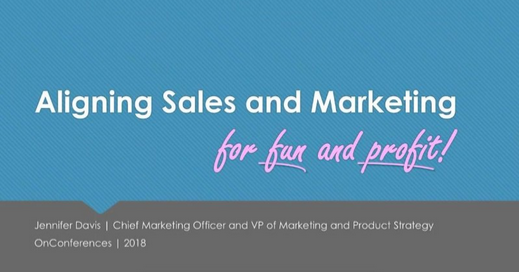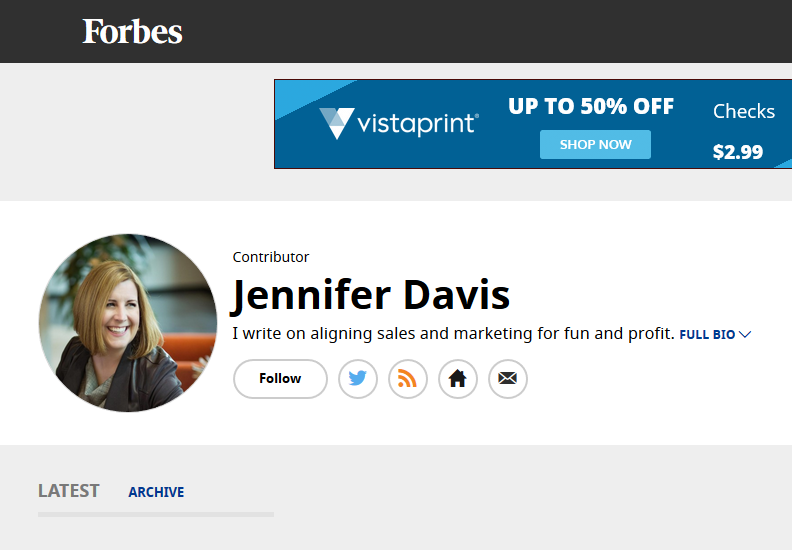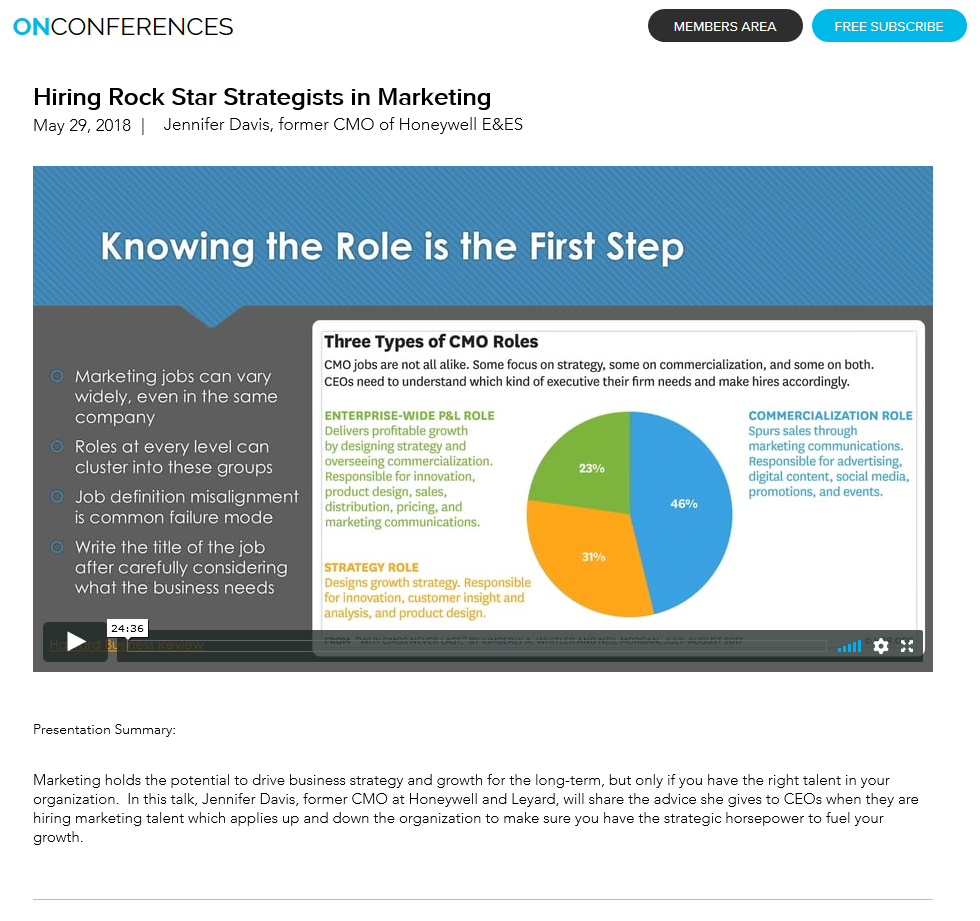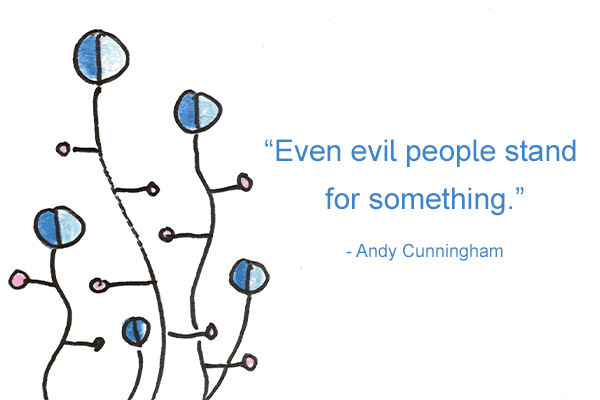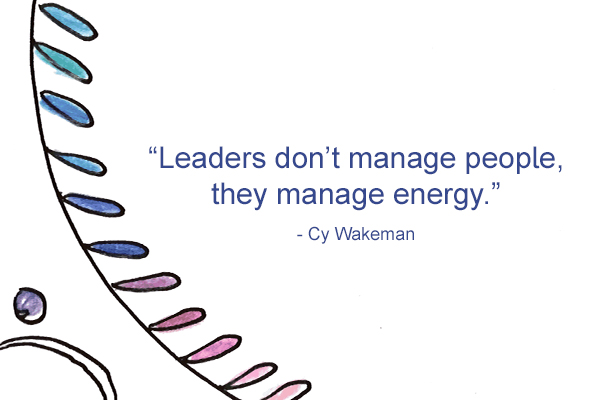There is a big push in education and business around Science, Technology, Engineering, and Math, or STEM. In parallel, there is a movement to put Art into that acronym (thus STEAM). There is controversy around it and opinions swirl.
The purpose of the STEM movement I have seen is to promote technical careers to under-represented groups (namely women and people of color). If that is true, including the Arts dilutes that. My experience is that women and other historically disenfranchised groups are well represented in art. Even creative businesses, like advertising and marketing communications, is heavily populated by women. Perhaps that isn’t the case in more traditional fine art roles or in related fields like architecture. But in any event, I wondered if adding Art didn’t de-focus the emphasis on the hard sciences that STEM was meant to promote.
That said, I am a believer of the power at the intersection of art and science. Design and technology is what drives adoption. Creativity is required, especially in the dynamic world of technology propelled by innovation. I am not opposed to STEAM, in fact, I have lived it in my own life and career.
- Hailing from a family of artists, I grew up exposed to live music, theater, and visual arts
- Even in technical roles of digital demand generation and product strategy, carving out time to redesign our office environment and building experience centers
- Creating a new category of architectural video walls enabling the sculptural and non-linear use of video screens as a finish material
- Actively partnering with video artists, licensed fine artist work for use on digital canvases, and promoted at places like Art Basel and Design Week in New York and Miami
- Introducing new digital visualization technologies with groups like TEDxPortland and the Society for Experiential Design (SEGD)
- Writing and delivering courses, certified for AIA continuing education, about video wall technologies
- With empathy for customers, pioneering the use of virtual reality and visualization tools for the marketing of digital products in physical spaces
- Being named on a patent for an interactive touchscreen technology
- Rolling out identity systems and serving as the creative and UX lead for a number of projects
- ·As a student of history, marveling at the technical innovations which artists have pioneered in the field of material science, color, and perception
What do you think about STEM vs STEAM?
How have you used art in your work as a technologist, or visa versa?
Photo courtesy of USDigitalLiteracy



